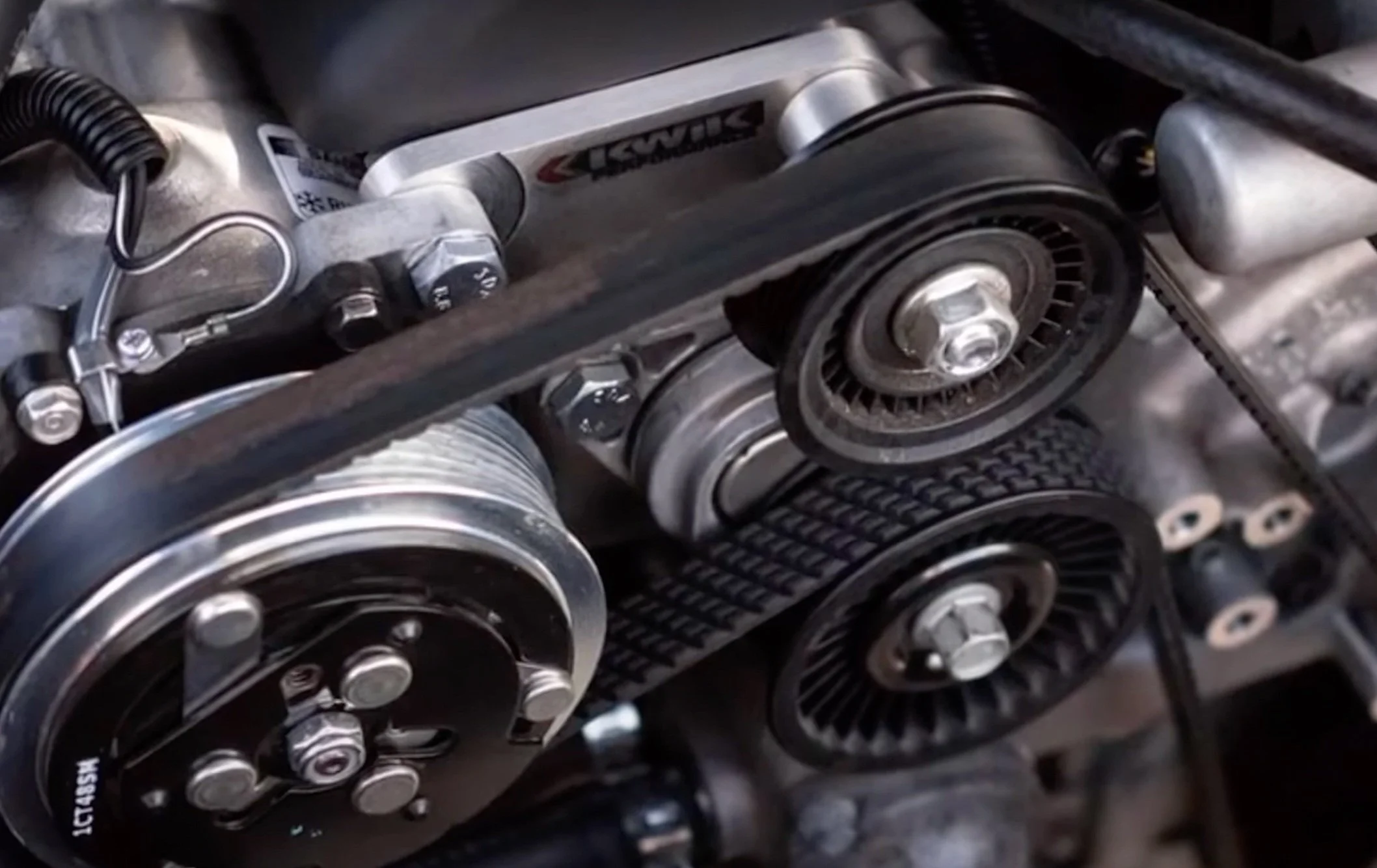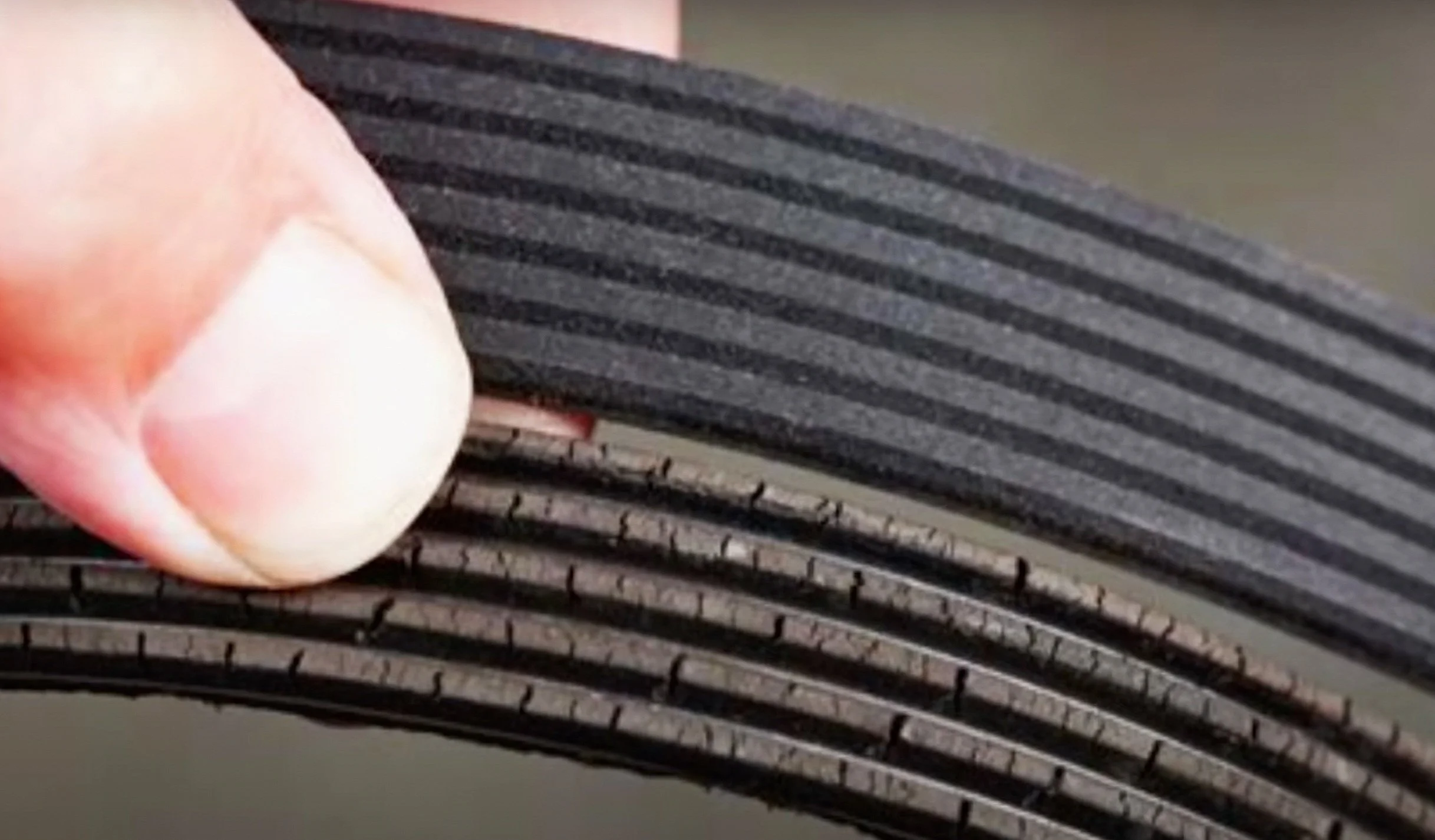4 SYMPTOMS OF A BAD DRIVE BELT TENSIONER
purpose
The purpose of the belt tensioner is in the name, it helps to provide tension on the serpentine belt. This prevents the belt from slipping or coming off. There are three types of belt tensioners: hydraulic, manual, and spring-loaded. The most common one is spring-loaded.
Location
The video below demonstrates the location of the drive belt tensioner on a Ford Fusion.
symptoms
exessive tensioner movement
The first symptom of a bad drive belt tensioner is excessive tensioner movement. With the car on, take a look underneath the hood. If you notice the tensioner shaking excessively, it could be due to a weak spring force (spring type) or a fluid leak (hydraulic type). Here's an example of a bad tensioner(spring type), and here's an example of a good one. Make sure to double check the belt tensioner bolts aren't loose as this can cause a similar symptom.
worn drive belt
The second symptom is a worn drive belt. This could be caused by the slipping of the belt due to the lack of pressure coming from the tensioner. In some situations, you might have alternator intermittent issues as a slipping belt can mess with alternator output voltage. If you have the manual type, the fix could be as easy as turning a couple of bolts to adjust the tensioner.
squealing noise
The third symptom of a bad drive belt tensioner is a squealing noise. If the belt tensioner isn't applying the correct pressure on the belt, it’s going to slip and create a squealing noise. If you hear a grinding noise, it could be caused by grease escaping from the pulley bearings, causing them to dry out and create a noise.
oil leaking
The fourth symptom of a faulty drive belt tensioner is oil leaking from the hydraulic tensioner. A loss of fluid will decrease the tensioner’s force on the belt and create similar symptoms we've stated previously. It’s important to note that not all cars have a hydraulic tensioner, so this symptom might not apply to you.
Check out my YouTube video!
Disclaimer: Some links in this article may be affiliate links.





